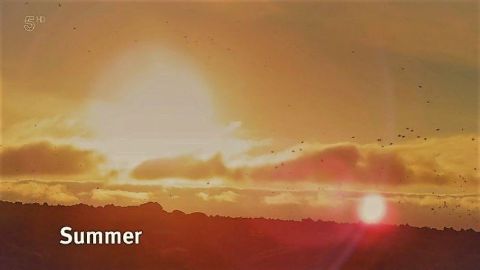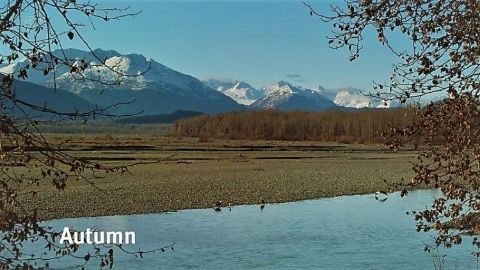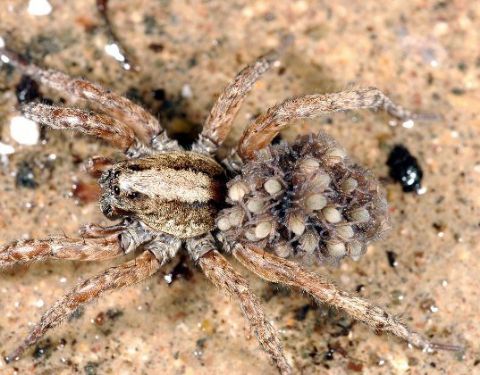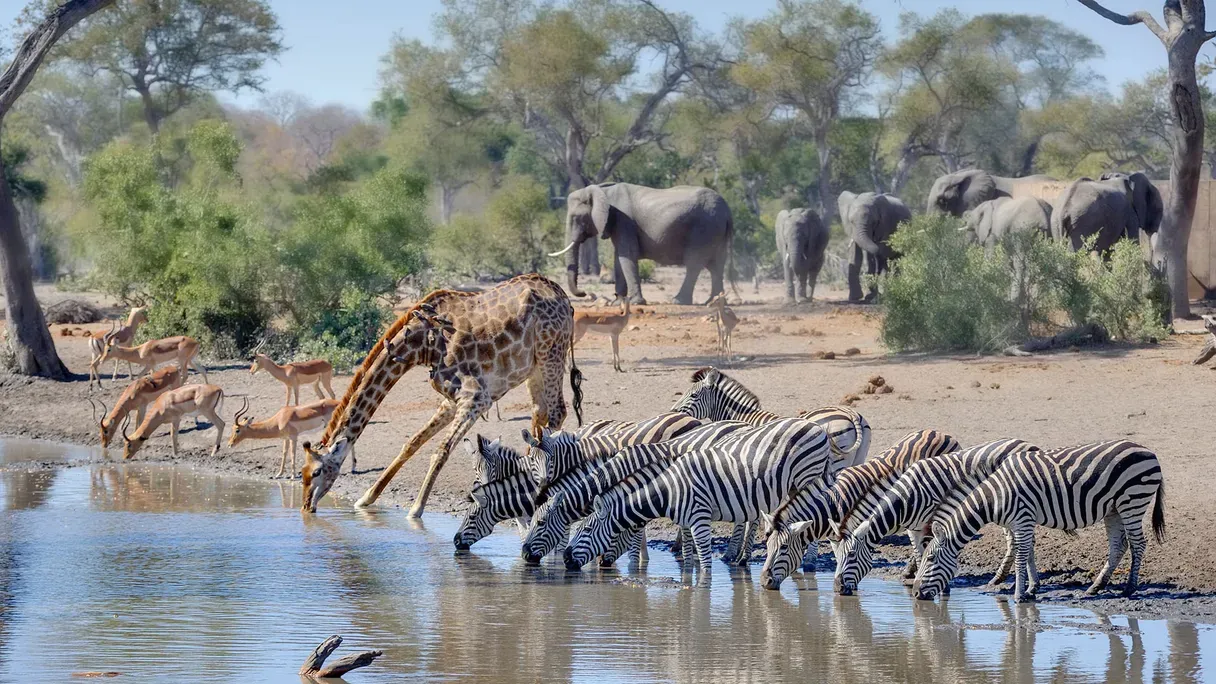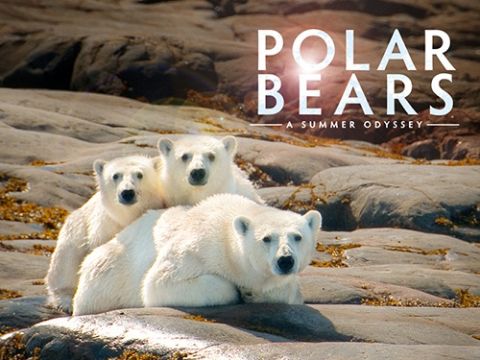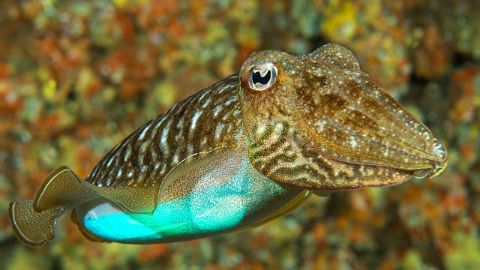Alaska: A Year in the Wild • 2017 • 4 episodes •
As temperatures hit minus 60 food becomes scarce, and animals such as foxes and hares shed their colourful coats to camouflage themselves in the snow. The end of winter heralds one of the world's greatest feeding frenzies as large ocean predators target the millions of fish who have found refuge in the Gulf of Alaska.
2017 • Nature
Young animals prepare for their first winter away from their parents, humpback whales return to Alaska's rich feeding grounds and salmon return to spawn in the rivers where they were hatched. But the returning salmon have to negotiate a path past hungry brown bears fattening themselves before they hibernate.
2017 • Nature


